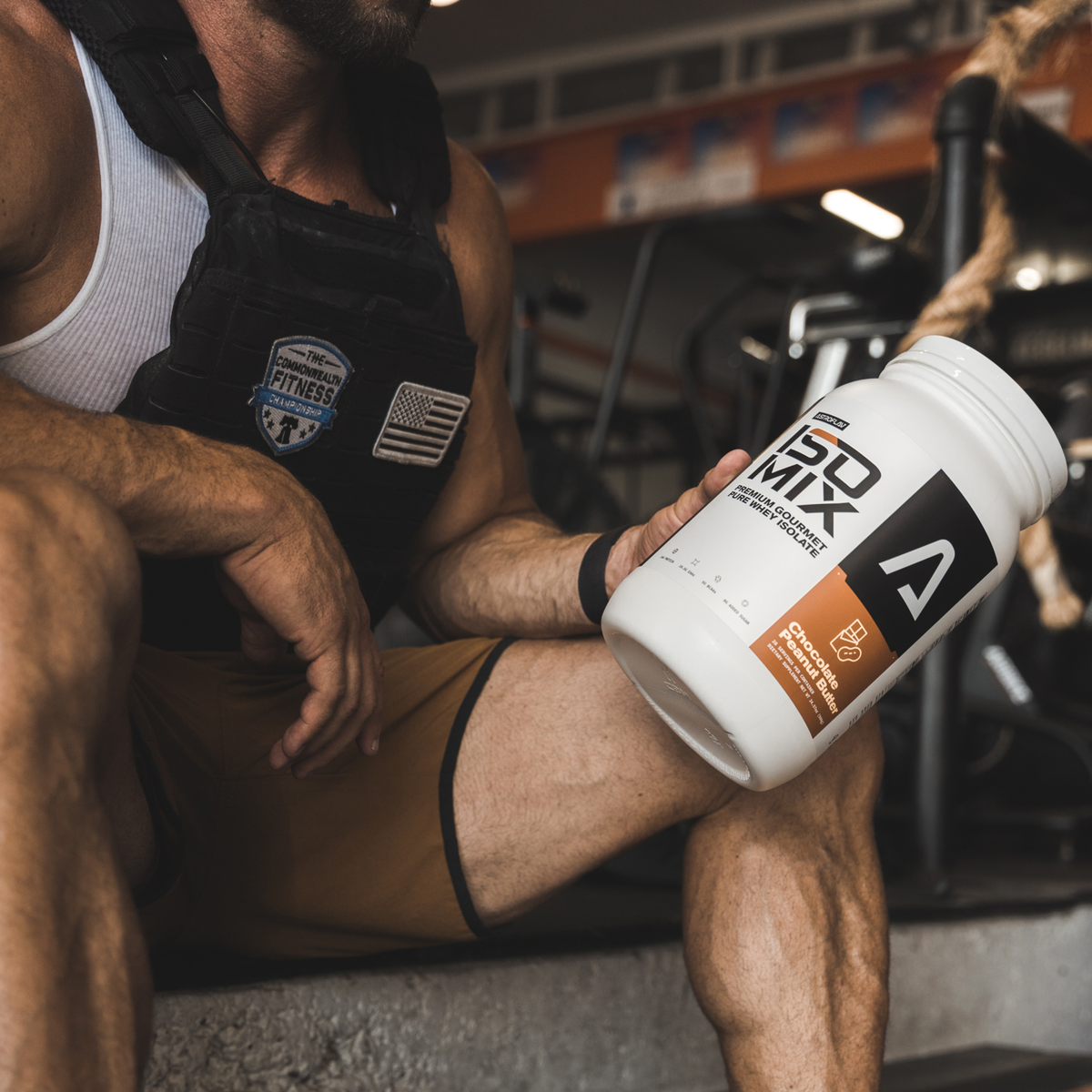
Emmy Simpkins: Dynamic Warmup
Dynamic warmups are a game-changer for anyone looking to enhance their fitness routine, and Emmy Simpkins, AstroFlav's high-performance trainer is here to show you how. In this article, we dive into Emmy's expertly crafted dynamic warmup routine that not only prepares your body for an intense workout but also helps prevent injuries and improves overall performance. Whether you're a seasoned athlete or just starting your fitness journey, Emmy's dynamic warmup will elevate your workout, making it more effective and enjoyable. Let's get moving and discover the benefits of incorporating this essential warmup into your exercise regimen!
Warming Up Before a Workout
Warming up before a workout is crucial for several reasons. It prepares your body for the physical demands of exercise by gradually increasing your heart rate and blood flow to your muscles, which enhances their flexibility and efficiency. A proper warmup helps prevent injuries by loosening stiff joints and increasing muscle temperature, making them less prone to strains and tears. By easing your body into the intensity of your workout, a warmup also reduces the risk of cardiovascular strain, making your exercise routine safer and more effective.
Additionally, it primes your nervous system, improving coordination and mental focus, which can lead to better performance.A beneficial warmup will put your body and mind into a state of focus, preps you for your workout, and gets the blood flowing.
Warmups can also be a space to mentally prepare yourself for a workout, getting you into a state of focus before you begin.
Full Body Dynamic Warmup Routine
Warmup Breakdown:
-
Knee Pulls
To perform a knee pull, stand tall and lift one knee toward your chest, using both hands to gently pull it closer while maintaining your balance. Hold for a moment, then release and switch to the other leg.
This movement helps increase flexibility, improve range of motion, and prepare your lower body for more intense physical activity.
-
High Knees
To perform high knees, stand with your feet hip-width apart and quickly lift one knee to your chest, then alternate with the other knee in a running motion. Pump your arms in sync with your legs to enhance the movement.
-
Hurdler Stretch
To perform the hurdler stretch, sit on the ground with one leg extended straight in front of you and the other leg bent at the knee, with your foot positioned near your inner thigh. Lean forward from your hips, reaching toward the extended foot while keeping your back straight. Hold for a few seconds, then switch legs.
-
Butt Kicks
To perform butt kicks, stand with your feet hip-width apart and quickly bring one heel up toward your glutes, then alternate with the other leg in a running motion. Swing your arms naturally in sync with your legs. This exercise helps improve flexibility, coordination, and cardiovascular endurance.


5. Piriformis Stretch
To perform the piriformis stretch, lie on your back with both knees bent. Cross one leg over the other so that your ankle rests on the opposite knee. Grasp the thigh of the bottom leg and gently pull it toward your chest until you feel a stretch in your glutes and hips. Hold for 20-30 seconds, then switch sides.
6. Lateral Bounds
Lateral bounds are a dynamic warmup exercise that enhances agility, coordination, and lower body strength. To perform lateral bounds, stand on one leg and push off laterally to jump to the side, landing softly on the opposite leg. Immediately push off that leg to bound back to the starting position. Keep your core engaged and maintain a slight bend in your knees to absorb the impact.
7. Forward Walking Lunges
Stand tall with your feet hip-width apart. Take a large step forward with one foot, lowering your hips until both knees are bent at about a 90-degree angle. Make sure your front knee is directly above your ankle and your back knee is hovering just above the ground. Push off the front foot to return to the starting position, then repeat with the other leg.
8. Reverse Walking Lunges
To perform reverse walking lunges, start by standing with your feet hip-width apart. Step one foot backward into a lunge position, lowering your hips until both knees are bent at a 90-degree angle. Ensure your front knee is aligned with your ankle and your back knee is close to the ground. Push off the back foot to return to the starting position and then switch legs.
9. Lateral Lunges
Start by standing with your feet wide apart. Shift your weight to one side and bend that knee, lowering your hips until your thigh is parallel to the ground, while keeping the other leg straight. Push off the bent leg to return to the starting position, then repeat on the opposite side.
Importance of a Cool Down
Now that we have gone over the significance of warmup before a workout and providing you with an in depth warmup routine, let's quickly touch on the importance of cooling down after your workout.
Cooling down after a workout is a crucial step in any exercise routine that helps facilitate recovery and reduce the risk of injury. During intense physical activity, your muscles are subjected to stress and tension, and a proper cool-down helps gradually lower your heart rate and return your body to its pre-exercise state.
Additionally, cooling down involves gentle stretching, which helps to maintain flexibility, alleviate muscle tightness, and prevent stiffness. By incorporating a cool-down, you promote overall recovery, enhance muscle repair, and prepare your body for future workouts, ultimately contributing to a more balanced and effective fitness regimen.
Summary
Warming up and cooling down are essential components of a comprehensive exercise routine, each serving distinct yet complementary roles in optimizing workout performance and recovery. A dynamic warmup, including exercises like high knees, butt kicks, and lateral bounds, prepares your body by increasing blood flow, enhancing muscle flexibility, and improving cardiovascular endurance. This process reduces the risk of injuries and primes both your muscles and nervous system for more intense activity.
Key warmup exercises like knee pulls and forward lunges target specific muscle groups, while dynamic stretches such as the piriformis stretch and hurdler stretch address flexibility and mobility. On the flip side, a proper cool-down, involving gentle stretching and gradual heart rate reduction, aids in muscle recovery and helps prevent stiffness. This period also helps maintain flexibility and alleviates post-workout muscle soreness, ensuring that your body is well-prepared for future physical exertion. By integrating both warming up and cooling down into your routine, you enhance overall performance, minimize the risk of injury, and support effective muscle repair and recovery.
To view Emmy's full dynamic routine on Instagram, CLICK HERE!
How to Reset Your Metabolism
Your metabolism may be the reason why you can't lose weight!
Body Recomposition: Lose Fat & Gain Muscle
Can you lose fat and gain muscle at the same time?






